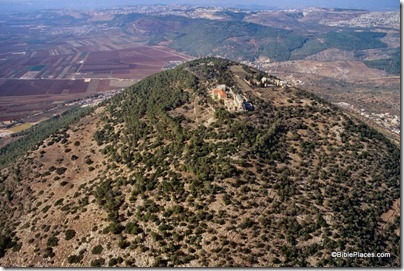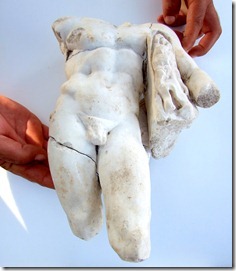I am not very familiar with this annual observance. From the Jerusalem Post:
On August 18 and 19 the Greek Orthodox Church will celebrate the annual Feast of the Transfiguration, which celebrates the transfiguration of Jesus that is traditionally thought to have occurred at Mount Tabor in the Galilee. The Catholic Church celebrated the holiday earlier this month on August 6 with a festive mass at the Church of the Transfiguration at Mount Tabor.
[…]
During this feast a night vigil occurs in the Greek Orthodox Church, which is the most unique experience associated with the holiday. Arab Christians camp in the woods surrounding the church and spend the night there, during which time the Divine Liturgy is celebrated outside the church. The Divine Liturgy is celebrated inside the Church on the August 19.
To commemorate Jesus’s climb up the mountain, some pilgrims will ascend Mount Tabor by foot.
The full article gives some details about the Transfiguration from the New Testament. It does not mention that most scholars reject Mount Tabor as the location for this event or give any of the reasons why. Three reasons may be suggested:
1. The Gospels record that Jesus was in the vicinity of Caesarea Philippi before the Transfiguration (Matt 16:13). Nothing suggests that he traveled southward to Mount Tabor.
2. The event was intentionally private, and a setting on Mount Hermon or even in the mountains of Upper Galilee would be more suitable than a location on Mount Tabor. The international highway traveling through the Jezreel Valley passed next to the Mount Tabor and would have made privacy unlikely.
3. A military fort on the summit of Mount Tabor during Hasmonean and Roman times was probably in use during Jesus’ ministry and would have precluded the site as a get-away for Jesus.
Nevertheless, early Christian pilgrims were attracted to Mount Tabor as the location for this event. It is possible that its convenient location on the way to Capernaum was a factor. This would have eliminated the need for a multi-day trek up to the environs of Caesarea Philippi.
For more information (and links), see the Mount Tabor page at BiblePlaces.com (also in Spanish and French).


